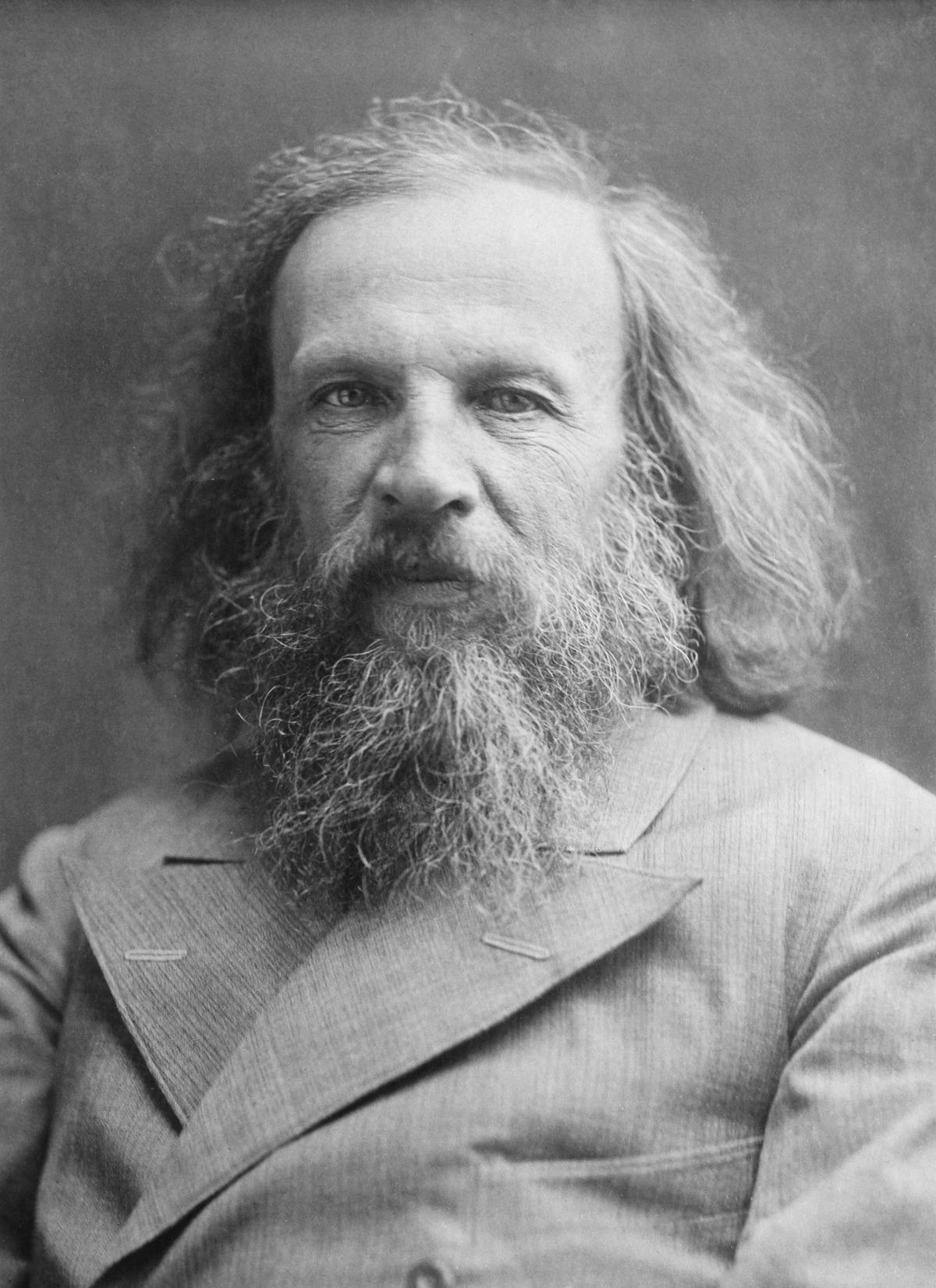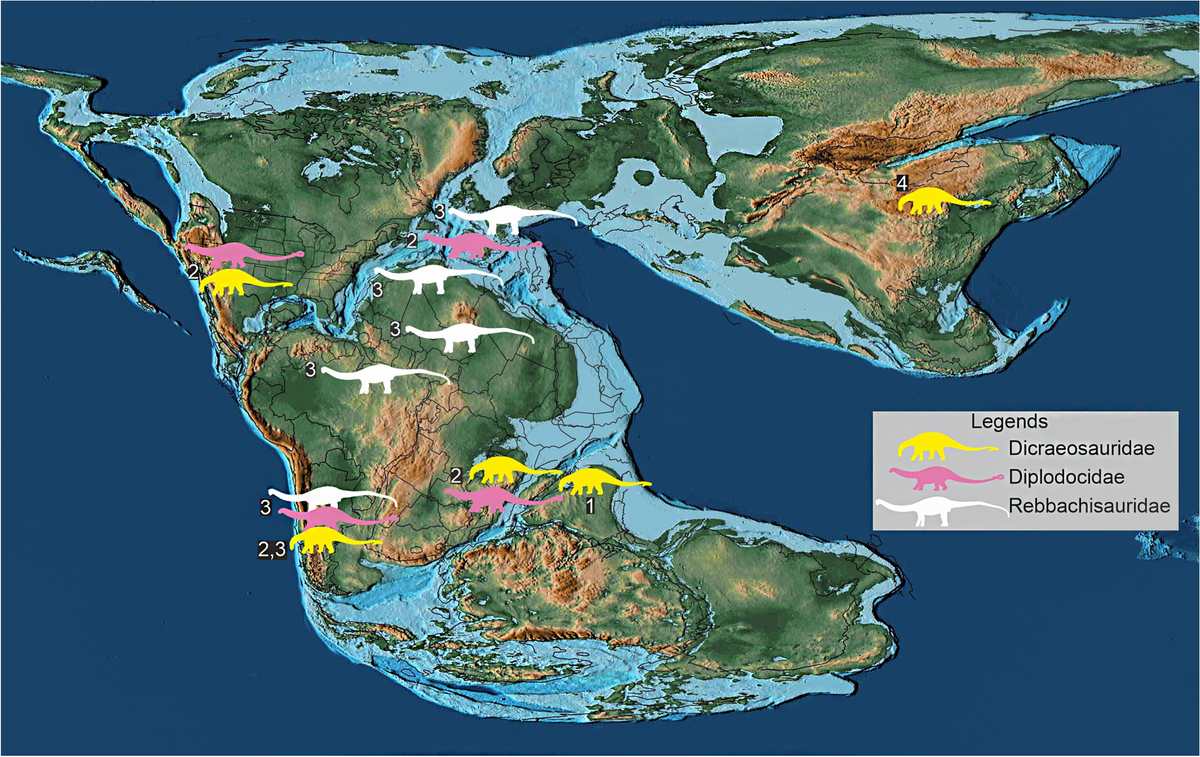Questions:
1. Scientists first synthesised the element promethium in 1945 even though the Czech chemist X had predicted its existence 43 years earlier. X was in fact renowned for his study of rare-earth elements. Name X.
2. In the earth’s environment, promethium is produced in two ways: when europium-151, an already very rare isotope, breaks down by a rare alpha decay to promethium-147, or when uranium undergoes ___________ _______. Fill in the blanks with the name of a process that heavy radioactive nuclei commonly undergo.
3. Promethium is unusual in many ways. For example, the radii of the atoms of elements 57 to 70 (by atomic number in the periodic table) shrink rather than increase as the atomic number increases. This phenomenon is called Y. Promethium, with atomic number 61, is a notable exception to this trend. Name Y.
4. Promethium is also unusual because it is one of only two elements — the other being Z — in the first 82 elements of the periodic table (by atomic number) that doesn’t have a stable isotope and is the element with the lowest stability of the first 84. Name Z.
5. On May 22, researchers the Oak Ridge National Laboratory in the U.S. reported that they had managed to produce the first known lanthanide complex involving promethium by combining promethium ions with a ligand called ______________ _____________. Fill in the blanks.
Visual:
X (from Q1) corresponded regularly with this man, a Russian chemist famous for discovering that groups of chemical elements had the same number of regions around their atomic nuclei in which electrons could be present, and that they could be grouped in this way to reveal other similar properties. Name him.
Answers:
1. Bohuslav Brauner
2. Spontaneous fission
3. Lanthanide contraction
4. Technetium
5. Bispyrrolidine diglycolamide
Visual: Dmitri Mendeleev









